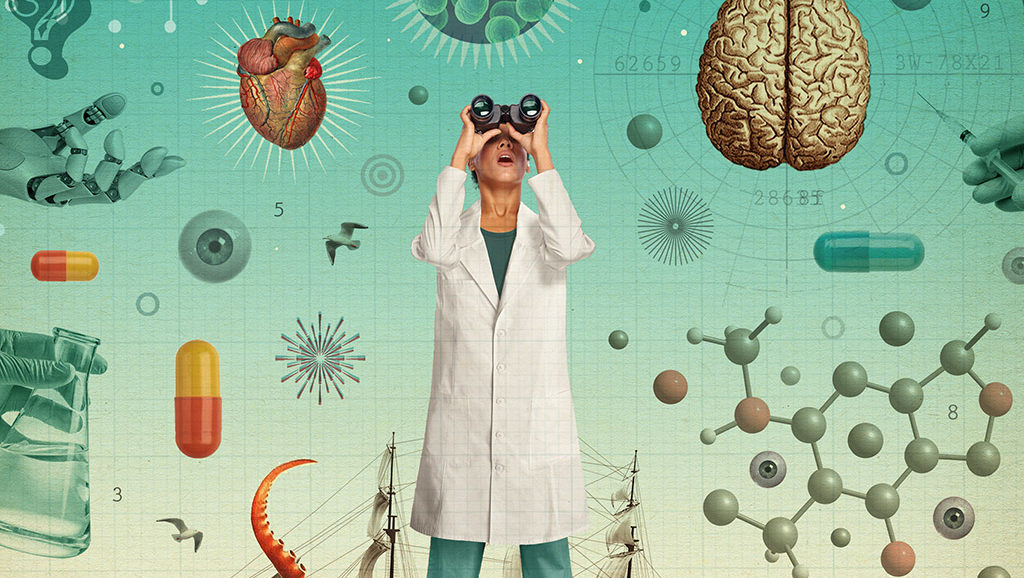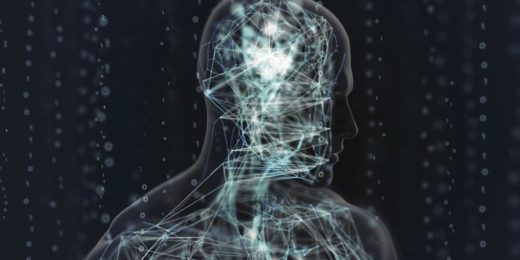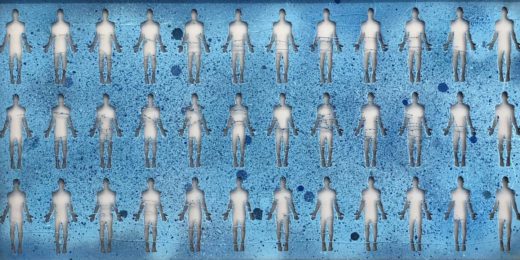This was the year the world celebrated the 200th anniversary of the publication of Frankenstein, so it seems apt that the top Stanford Medicine magazine stories of 2018 told of technological wonders and possible disasters. Here are the most-read stories in each of the four issues published in 2018 (as determined by page views on our website):
--"Target, delete, repair - CRISPR is a revolutionary gene-editing tool, but it's not without risk": Mark Shwartz writes about the potential of CRISPR gene editing through the story of a child with sickle cell anemia and the planned clinical trial for a CRISPR-based treatment for the condition.
--"Hear and now - Better, less costly treatments for hearing loss coming soon": Julie Greicius tells of a father's growing isolation as he loses his hearing, and how the right hearing aids help him engage with his family again. The article mentions coming advances in diagnosis, treatments and technology that seem likely to make it easier for the millions who need help hearing.
--"Compassionate intelligence - Can machine learning bring more humanity to health care?" Kris Newby writes about how a palliative care specialist and an informatics expert are using a tool that combines artificial intelligence with medical expertise to help clinicians make more informed and humane decisions about end-of-life care.
--"Superstar - Young scientist helps design software that measures a surgeon's skill": In another article about artificial intelligence being used to improve medical care, Ruthann Richter explains how a San Jose high school student worked with Stanford mentors to design a software program that measures surgical skills and provides real-time feedback to surgeons.
And on the topic of Frankenstein, one more widely read 2018 Stanford Medicine article addressed why the book still matters today. In "Why Frankenstein matters - Frontiers in science, technology and medicine", anesthesiologist Audrey Shafer, MD, writes that doctors and scientists tend to balk at mentioning Frankenstein and medicine in the same breath, but they could use the story to launch discussions of the potential unintended consequences of science and technology.
From her essay:
We need to discuss the big questions surrounding what is human, and the implications of those questions. What do we think about the possibility of sentient nonhumans, enhanced beyond our limits, more sapient than Homo sapiens? Who or what will our great-grandchildren be competing against to gain entrance to medical school?
Studying and discussing works of art and imagination such as Frankenstein, and exchanging ideas and perspectives with those whose expertise lies outside the clinic and laboratory, such as artists, humanists and social scientists, can contribute not just to an awareness of our histories and cultures, but also can help us probe, examine and discover our understanding of what it means to be human. That much is clear."
Image by Michael Waraksa






